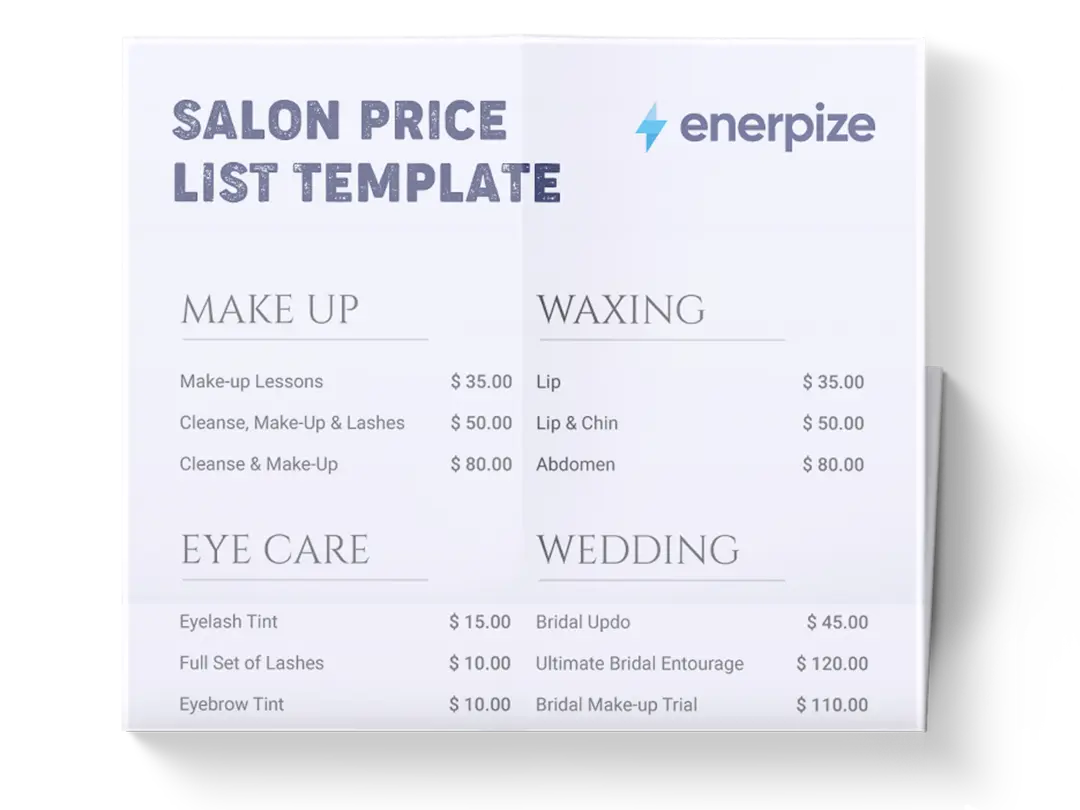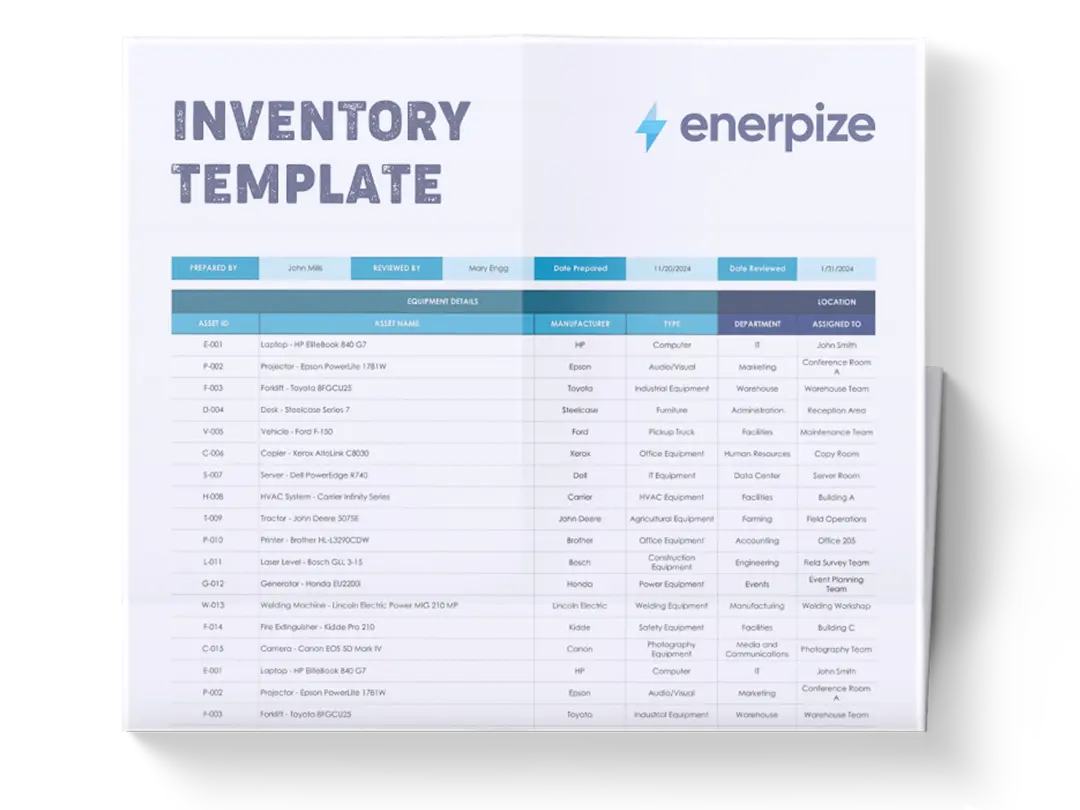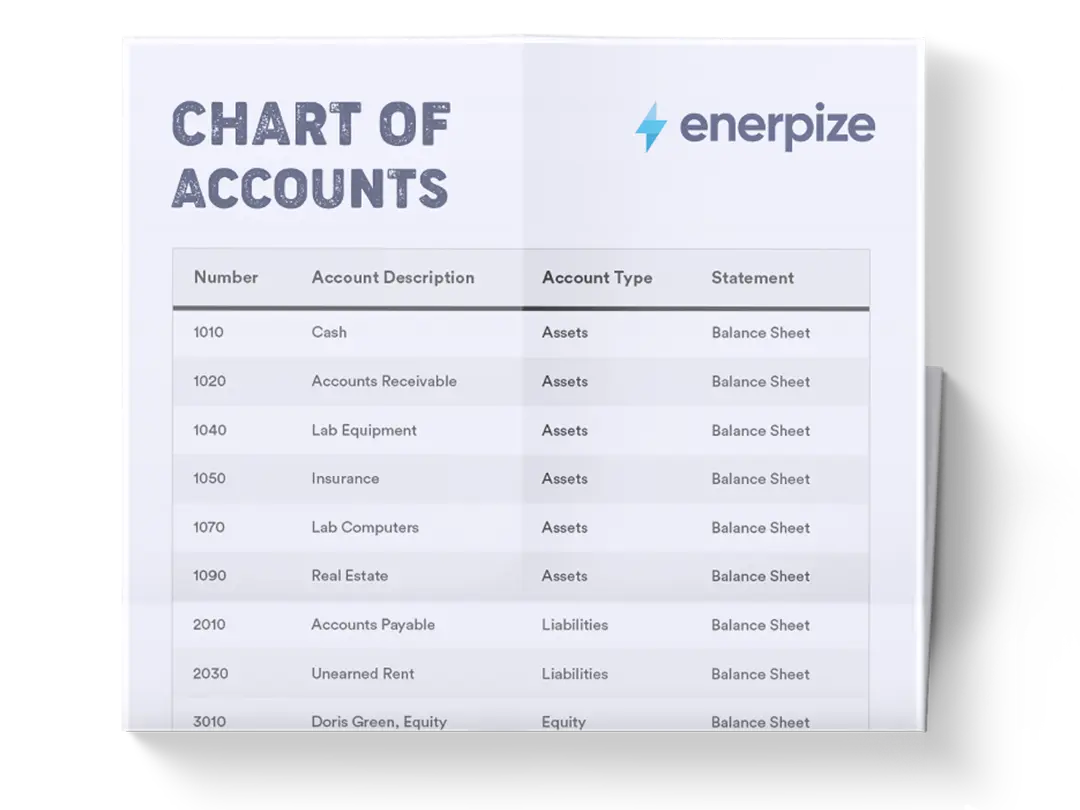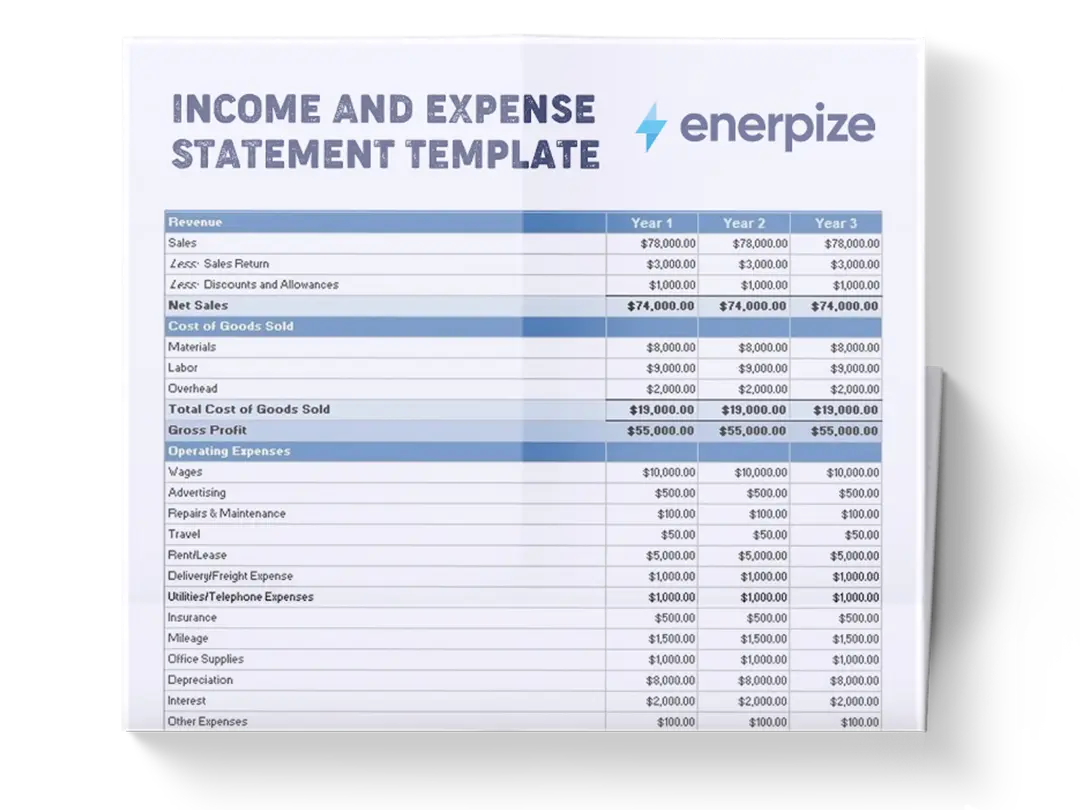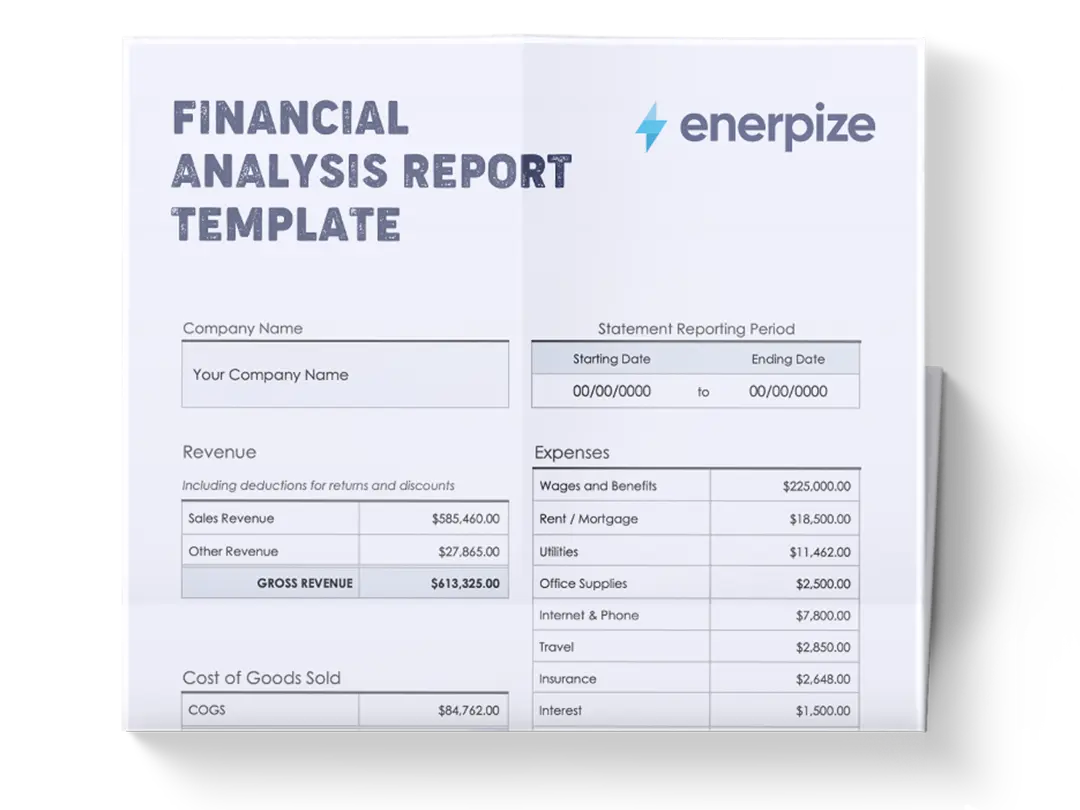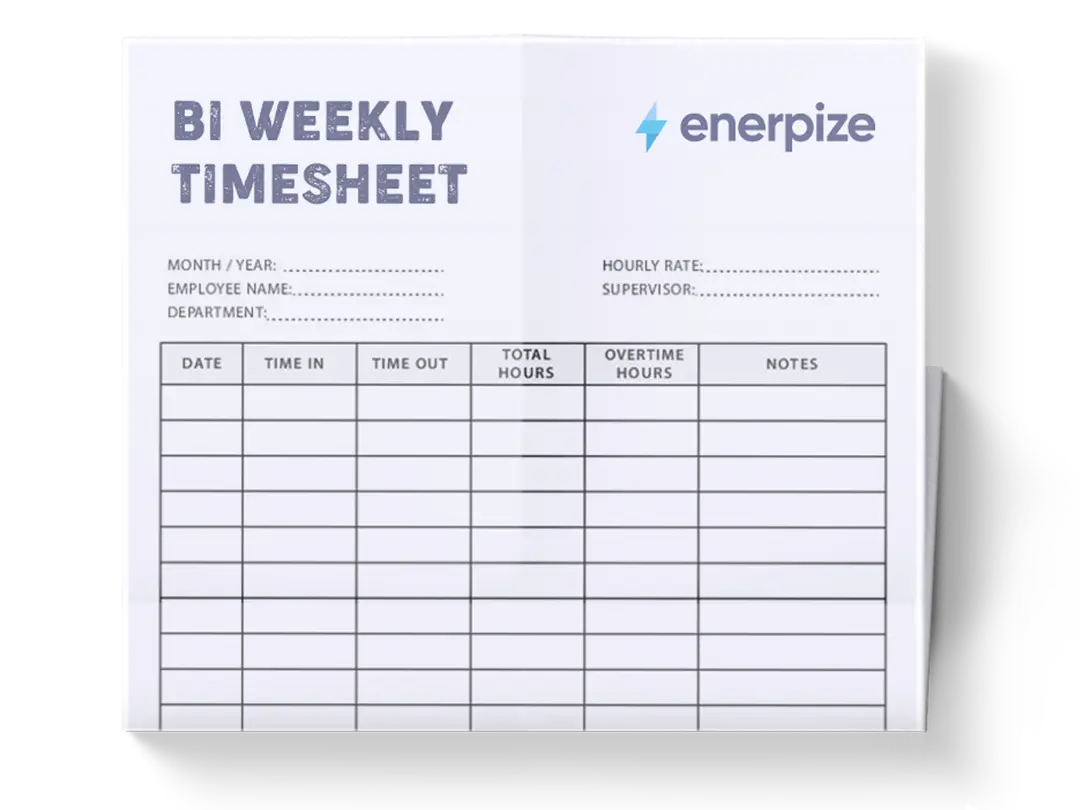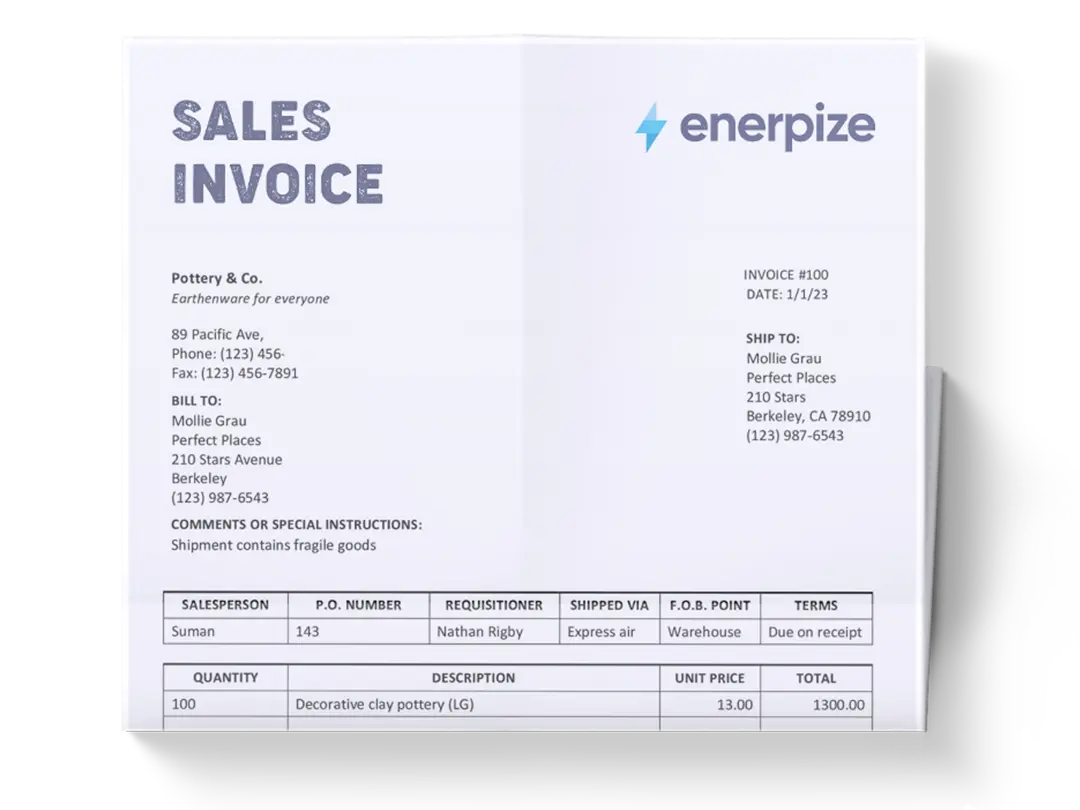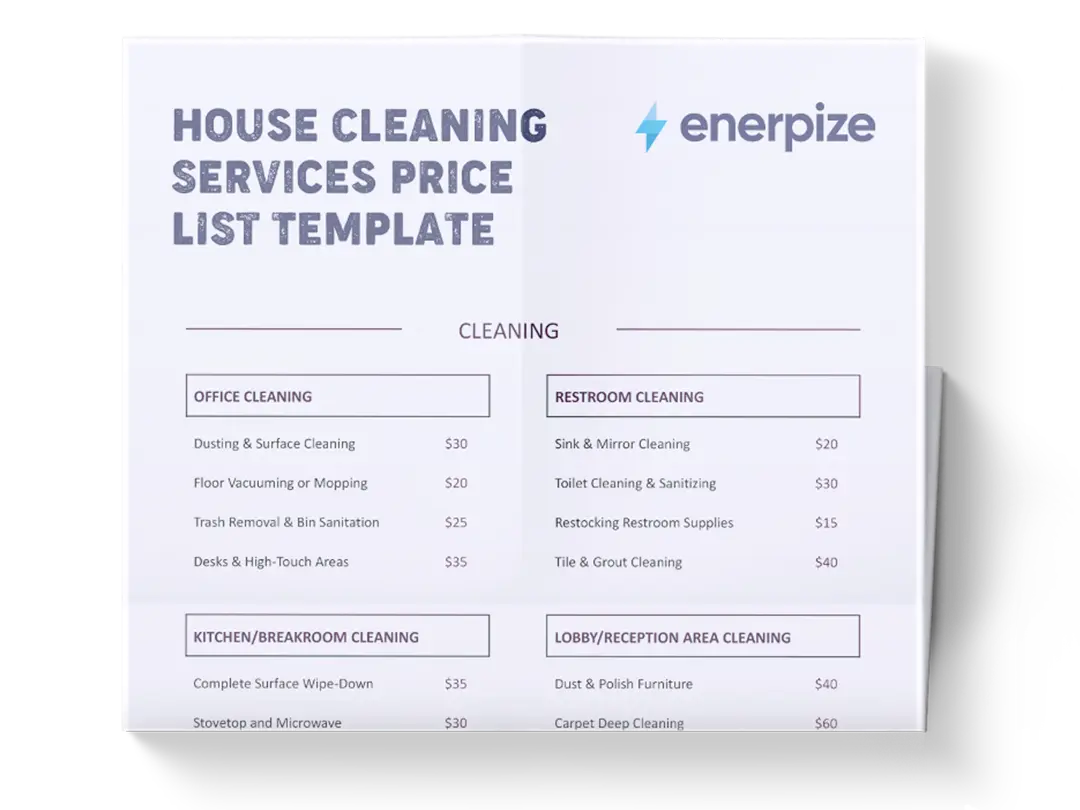Posted on 21 October 2025
Cash Reconciliation Template Excel & Google Sheets
- The cash reconciliation template is available in Excel & Google Sheets.
- Records daily cash transactions, including opening balance, receipts, payments, and closing balance, to ensure accurate financial tracking.
- Used for reconciling actual cash with expected balances, detecting discrepancies, and maintaining transparency in financial reporting.
- Perfect for accountants, finance teams, small business owners, and cashiers who need to manage petty cash or daily cash flow efficiently.
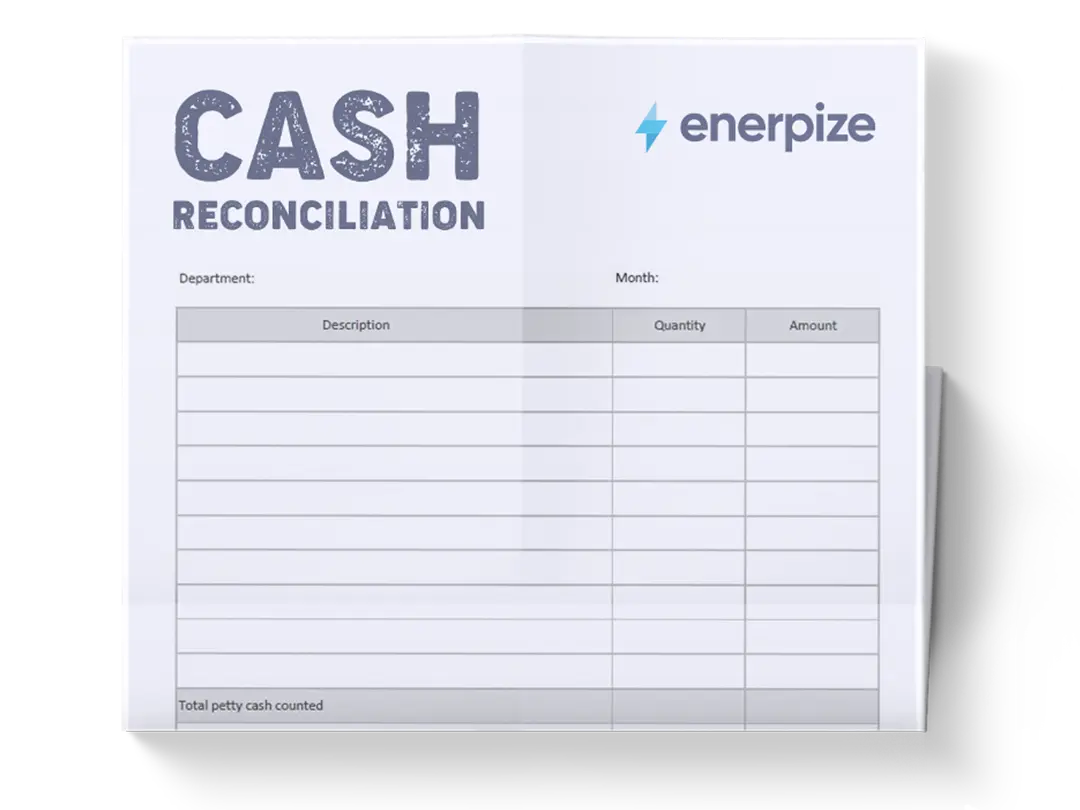
What is the Cash Reconciliation Template?
The cash reconciliation template is used to verify that a company’s recorded cash transactions align with its actual cash position at the end of a given period, typically daily. It functions as a checkpoint between internal financial records (such as the cash book or point-of-sale reports) and external records (like bank statements or system-generated balances).
The process involves reviewing all cash inflows and outflows—deposits, withdrawals, fees, interest, and other movements—to confirm accuracy and completeness. When discrepancies arise, they are investigated and adjusted to ensure the true balance is reflected in the books. Beyond simple arithmetic, a daily cash reconciliation Excel template is a core financial control mechanism that safeguards against errors, fraud, and misreporting.
It ensures compliance with accounting standards, enhances operational efficiency, and provides management with an accurate picture of liquidity. For accountants, retail managers, and small business owners, mastering cash reconciliation is not optional; it’s fundamental to maintaining financial integrity and informed decision-making.
What does the Cash Reconciliation Template contain?
Date
Each row represents a separate day’s record. By logging transactions chronologically, users can review cash trends over time, spot anomalies, and ensure continuous tracking without gaps.
Opening Balance
This is the amount of cash available at the start of the day. It should match the previous day’s closing balance. Entering the correct opening balance ensures that every subsequent calculation — from receipts to closing — is accurate.
Cash Received
Record all incoming cash here, including sales revenue, customer payments, or reimbursements. For petty cash management, this could also include top-ups from the main account. Documenting every receipt helps verify that all inflows are properly captured.
Cash Spent
This column lists all outgoing payments — such as supplier expenses, small purchases, or staff reimbursements. Keeping detailed notes (like payment purpose or recipient) next to each entry is good practice for transparency and audit readiness.
Expected Closing Balance
Represents how much cash should be on hand at the end of the day based on recorded transactions. It’s a benchmark for evaluating accuracy.
Actual Closing Balance
Count the physical cash on hand (notes and coins) at the end of the day and record the total here. This number must be verified by at least one other team member or supervisor whenever possible to prevent bias or counting errors.
Difference (Variance)
This column highlights discrepancies between the expected and actual closing balances. A variance of zero means the records are accurate. Any difference — even minor — should be investigated immediately. Common causes include unrecorded transactions, rounding errors, or incorrect cash counts.
How to Use the Cash Reconciliation Template?
1- Start Each Day with the Correct Opening Balance
Before any transaction takes place, verify that the opening balance matches the previous day’s actual closing figure. If there’s any mismatch, review the prior day’s records to locate the discrepancy before proceeding. This step ensures continuity and accuracy.
2- Track Every Expense Accurately
List each outgoing payment in the “Cash Spent” column as soon as it occurs. Include reference numbers, recipients, or short notes to clarify what each expense represents. Avoid rounding figures — record exact amounts to prevent cumulative distortions in totals.
3- Count Actual Cash on Hand at Day’s End
Physically count all cash remaining — bills, coins, and any vouchers — and enter the total under “Actual Closing Balance.” Perform the count in a secure space and, if possible, in the presence of a supervisor.
4- Compare and Investigate Variances
Subtract the actual closing balance from the expected closing balance.
If the result is zero, your records are accurate. If there’s a difference, mark it under “Variance.”
Investigate immediately. Review receipts, expense slips, or any unrecorded transactions. Variances can signal simple mistakes — or early warnings of deeper control issues.
5- Save and Review Regularly
Store daily reconciliation sheets in a shared folder or binder for easy reference. Over time, this archive becomes a powerful audit trail that reveals spending patterns, identifies recurring errors, and helps forecast future cash needs.
Related Templates:
Importance of the Cash Reconciliation Template
Helps with fraud Detection and Prevention
Fraud remains one of the most persistent threats to businesses, particularly where cash handling is involved. Regular reconciliation using the Excel petty cash reconciliation template exposes discrepancies between recorded and actual cash balances, flagging unauthorized transactions, embezzlement, or manipulation of records. By comparing transaction data across systems, the reconciliation process acts as a financial checkpoint that deters misconduct and strengthens internal oversight.
Ensures accurate Financial Reporting
Reliable reporting starts with accurate data. A well-maintained reconciliation process ensures that every cash transaction recorded in the books mirrors the bank’s records. This precision not only guarantees that financial statements reflect the company’s true position but also instills confidence among investors, auditors, and management teams relying on that information for strategic decisions.
Enhances error Identification and Correction
Even in automated systems, human and system errors occur—duplicate entries, missed deposits, or incorrect postings. Routine reconciliation detects these issues early before they distort broader financial reporting or tax filings. Early detection allows timely adjustments, minimizing the impact of compounding errors on future accounting periods.
Cash Flow Forecasting
Accurate forecasting depends on reliable data. When reconciliation is consistent, it provides a clear and trustworthy baseline for predicting future inflows and outflows. Businesses can then make informed decisions about expenditures, investments, and liquidity management with greater confidence, reducing the risk of cash shortfalls or misallocated resources.
Regulatory and Audit Compliance
Many financial regulations and internal governance frameworks require regular reconciliations to demonstrate transparency and accountability. Maintaining an up-to-date and accurate cash reconciliation record ensures compliance with these standards and simplifies the audit process by providing a clear audit trail of all cash-related activities.
Who Can Use the Cash Reconciliation Template?
Small Business Owners
For small businesses, cash is often the lifeblood of daily operations. Using a cash reconciliation template helps owners maintain precise control over their cash position, identify discrepancies early, and protect against employee theft or mismanagement. It simplifies oversight without requiring advanced accounting software or expertise.
Retail and Hospitality Managers
High-volume cash environments—such as retail stores, restaurants, and hotels—depend on reconciliation to ensure that daily sales match physical cash and POS records. A standardized cash reconciliation template in Excel streamlines end-of-shift balancing, prevents cash leakage, and ensures that all transactions are properly documented for review.
Accountants and Bookkeepers
For financial professionals, the Excel reconciliation template serves as both a control and documentation tool. It provides a systematic way to verify records, support audit readiness, and produce accurate financial statements. Consistent use improves efficiency and reduces the risk of discrepancies being overlooked during month-end closings.
Corporate Finance Teams
In larger organizations, reconciliation supports broader financial integrity by linking operational cash handling to corporate banking systems. It allows finance teams to validate cash movements across multiple accounts, subsidiaries, or regions—ensuring complete visibility and control over enterprise liquidity.
Nonprofits and Educational Institutions
Entities handling donations, grants, or tuition payments must maintain transparent and verifiable financial practices. The cash reconciliation template provides a simple yet powerful tool to ensure that every incoming and outgoing transaction aligns with the organization’s mission and compliance obligations.







